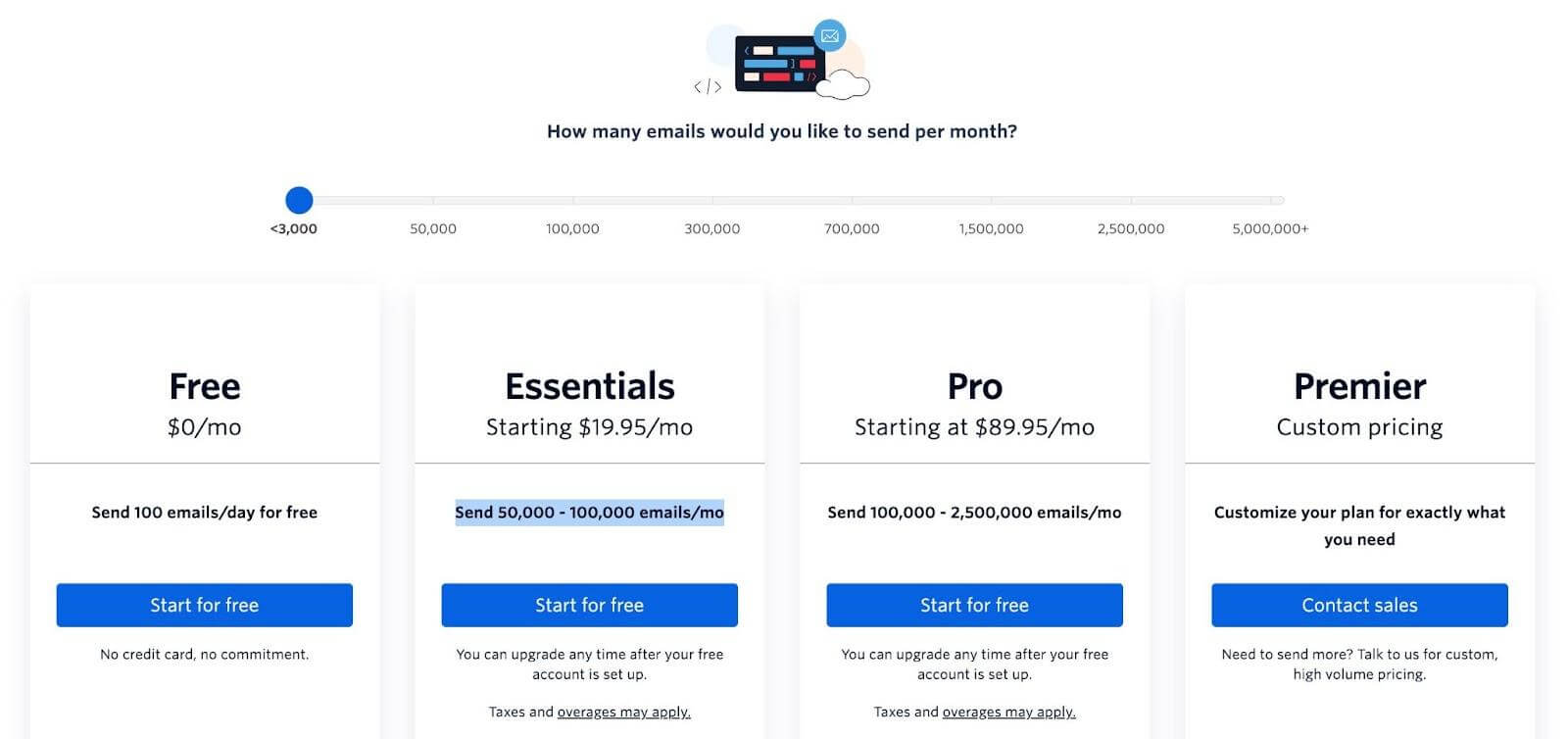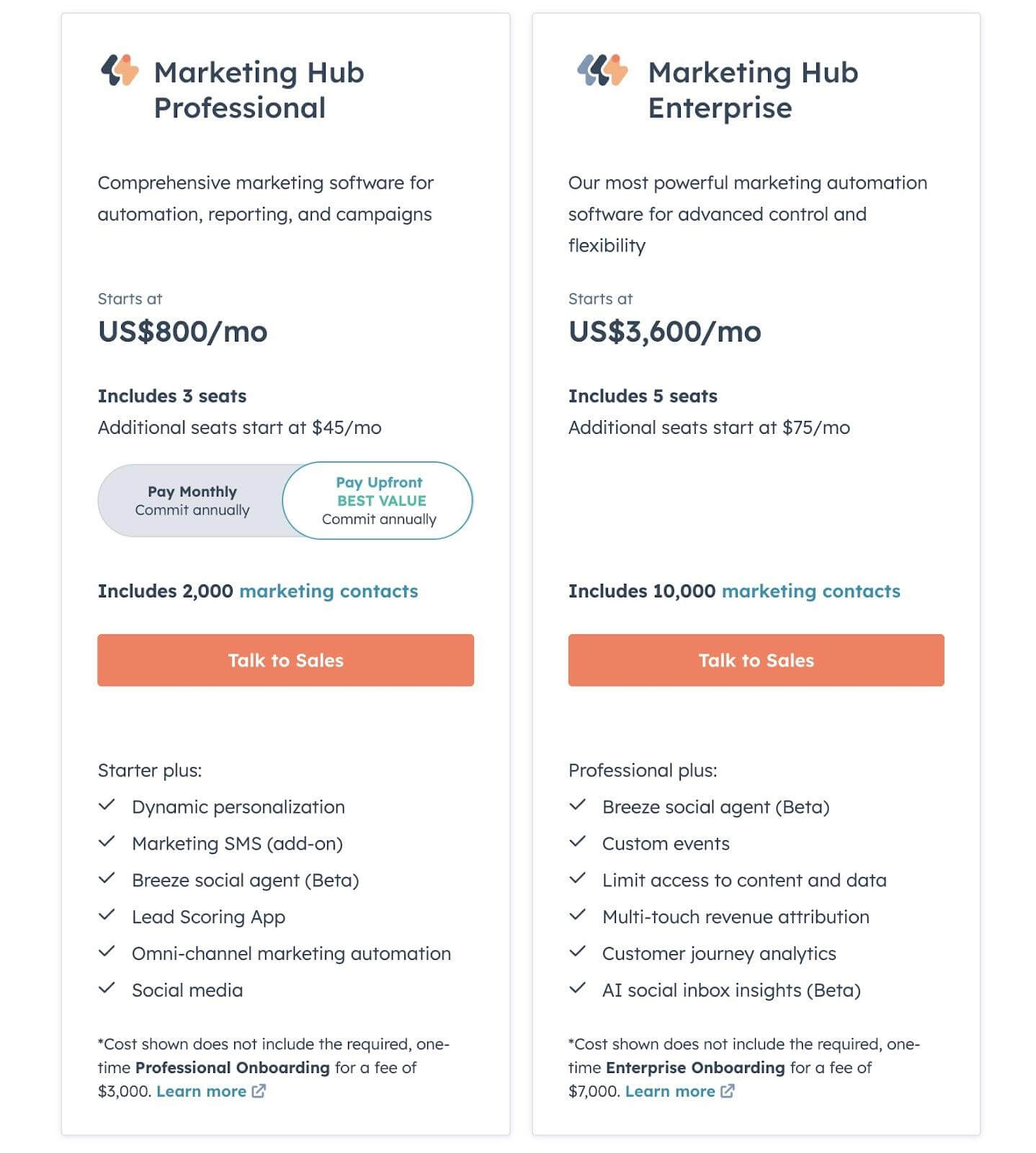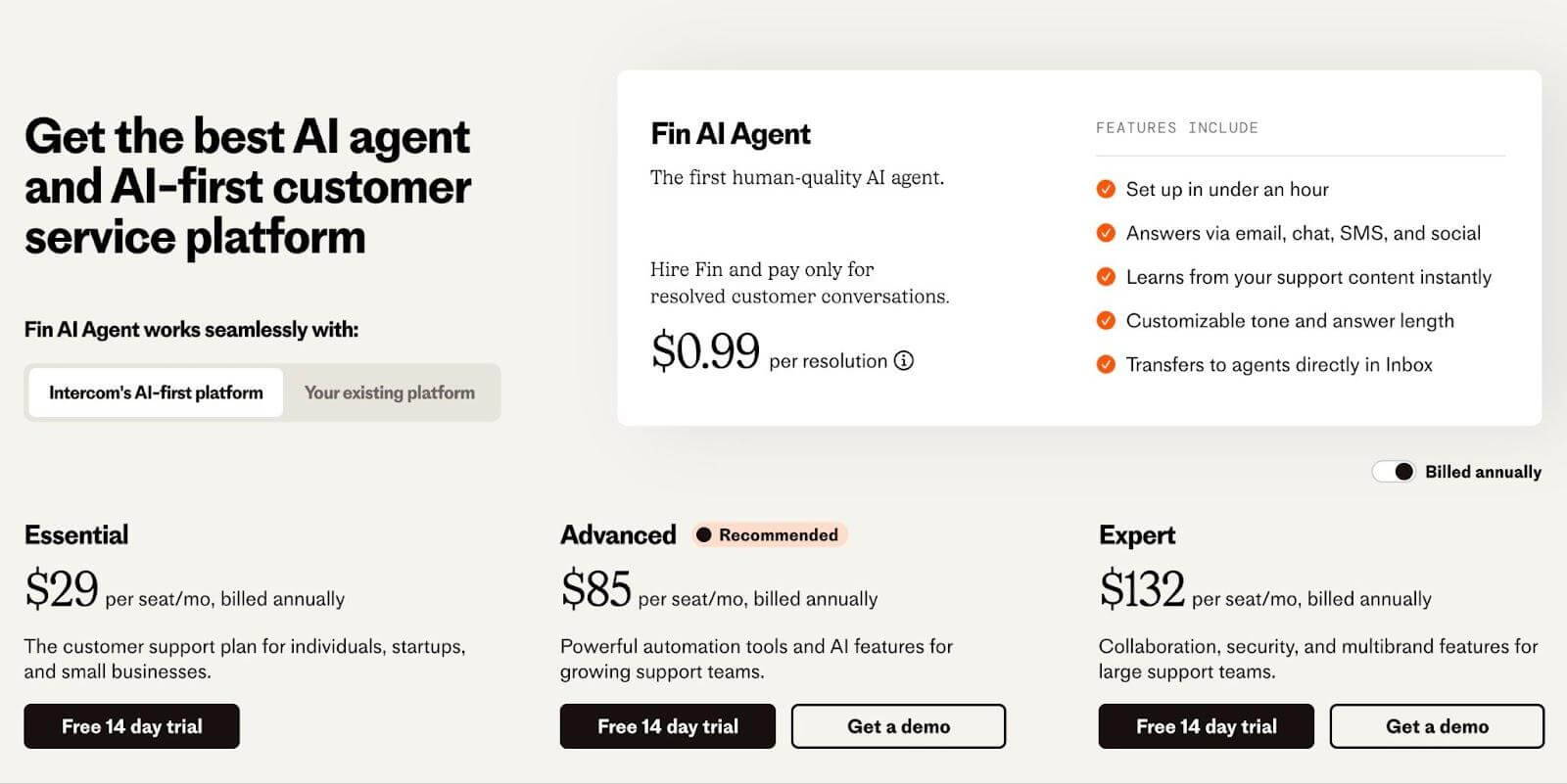
Pricing can make or break a SaaS business. If your pricing is too rigid, you might lose customers who need more flexibility. If it’s too complex, potential buyers may hesitate to commit. That’s where hybrid SaaS pricing models come in.
Hybrid pricing in SaaS combines two or more pricing models to create a flexible and scalable way to charge customers.
Instead of sticking to a single approach—like charging per user or per feature—you can mix different elements to better meet customer needs and maximize revenue.
Think of it as the best of both worlds. Your customers can start with a small monthly fee and pay more as they use your product more extensively.
You don’t need to send low-budget customers away and still keep the option to grow revenue open.
If you want to know which types of hybrid SaaS pricing models you can use and why, read this article.
Examples of Hybrid SaaS Pricing Models
Hybrid pricing models combine different pricing strategies to create flexible, scalable, and value-driven pricing for your SaaS product customers. B2B SaaS subscription-based products and services are the best examples of hybrid pricing models.
B2B SaaS companies leverage software to record their revenue per regulatory standards for different types of pricing models. These tools automatically record revenue for their customers who opted for their hybrid pricing-based subscriptions.
1. Overage Model: Usage-Based + Flat-Rate Pricing
This hybrid pricing model combines a fixed monthly or annual fee with additional charges based on usage. It provides predictable revenue while allowing customers to scale based on their needs.
This is often combined with tiered pricing as well. So, you can offer tiered plans at different monthly subscription rates, but overages apply if a customer exceeds usage limits. Many Chargebee competitors provide robust tools to manage these tiered and hybrid models effectively, helping businesses implement flexible pricing structures that adapt to customer usage patterns.
Twilio SendGrid is a good example of a company that uses this hybrid pricing model. Its monthly subscription plans have limits on the number of monthly emails. Once a customer exceeds their limit, usage-based pricing comes into effect.

Image via Twilio SendGrid
2. Tiered + Per User Pricing
This is also one of the common hybrid SaaS pricing models. It involves offering tiered pricing plans for a fixed monthly or annual fee for a specific number of users. However, you’ll also get an option to add more users at an additional cost.
The pricing tiers are based on features but allow a limited number of users for the subscription plan.
Check out HubSpot’s pricing plans as an example. The higher-tier plan offers more features and the number of users, up to a certain limit. Beyond that, customers can pay $75 per month for each additional user.

Image via HubSpot
3. Per-User + Usage-Based Pricing
This is a flexible pricing model that combines per-user and usage-based pricing. You can charge for your subscription per user but with certain usage limits. When a customer exceeds those monthly limits, you can charge extra based on usage.
Intercom, an AI-powered customer service platform, offers per-user pricing for its tiered plans. However, it leverages usage-based pricing for its AI-powered customer service assistant Fin AI.

Image via Intercom
Benefits of Using Hybrid SaaS Pricing Models
Hybrid pricing gives B2B SaaS companies a smarter way to charge customers. It gives customers more flexibility and the ability to scale, as needed.
As Attrock experts say, combine a flexible pricing strategy with a great SaaS sales strategy and you’ve got the formula for success.
Now, let’s discuss the key benefits of using hybrid SaaS pricing models.
Attracts a Wider Range of Customers: Different businesses have different needs. A small startup may prefer a low base price with pay-as-you-go pricing, while an enterprise may want predictable costs with bulk discounts. Hybrid pricing makes your SaaS product appealing to both.
Balances Predictable Revenue with Scalability: A pure usage-based model can lead to unpredictable revenue, while a flat subscription fee may limit growth. A hybrid model provides a steady base income while allowing revenue to scale as customers use your product more.
Increases Customer Retention: Customers stay longer when they can adjust their plans based on their needs. If a business can start with a small subscription and increase spending as it grows, it’ll likely stay longer because of the flexibility. For businesses using SaaS purchasing software, this means they can easily scale their subscriptions in line with growth, improving satisfaction and loyalty over time.
Helps You Stand Out: Offering flexible pricing tailored to customer needs can set your online business apart and make your product the better choice over rigidly priced alternatives.
Conclusion
Hybrid SaaS pricing gives you the flexibility to serve different customer needs while also growing your revenue.
Instead of forcing customers into a one-size-fits-all plan, you let them pay based on usage, features, or the number of users—whatever makes the most sense for them.
Many SaaS companies are switching to hybrid SaaS pricing models instead of sticking to a traditional pricing model and you can do the same. It gives your customers more flexibility, which helps boost customer retention and satisfaction.
So, join the bandwagon and drive sustainable business growth using a hybrid pricing strategy.